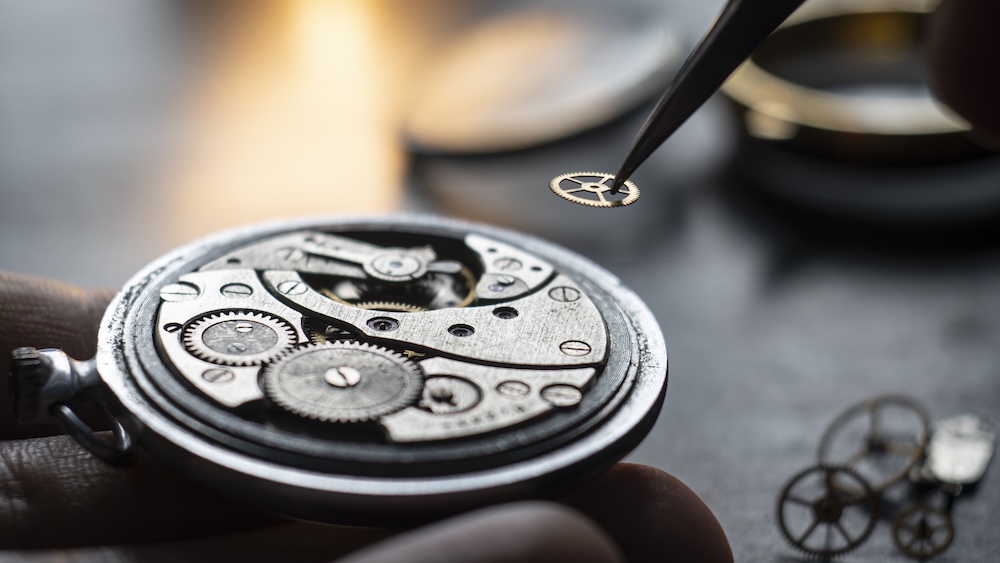When a person buys an investment property, they do that with the goal of making money. But they don’t always end up making the money they expected, and part of the reason for that is taxes. While everyone expects to pay taxes on the money they make, they don’t always realize that they’ll have to pay taxes on other forms of profit, as well.
One of these forms of profit is the gain they may have when they sell a property for more than they paid for it. The amount of money they sold a property for, minus what they paid for the property and what they spent to improve it, is called the capital gain. On a primary residence there are ways to avoid this tax in many cases, but that’s not possible on an investment property.
What is Capital Gains Tax and Who Pays It?
Capital gains tax is the amount owed on the capital gain a person has when they sell an investment property. It’s not a part of the real estate transaction, and it’s paid by the seller when they file their taxes with the IRS, by the April deadline. It’s very important that a seller doesn’t try to avoid this tax. When a real estate transaction closes, information is collected about that transaction. Then the information is reported to the IRS.
Because of that, there is already a record of the selling price of the house. The seller will get a tax form, as well, so they can use the information on it to inform the IRS of their real estate transaction. When they complete their taxes, they will then have to calculate their capital gains tax. They may also have a program, or an accountant do this for them, but no matter which they choose they’ll need to pay the appropriate level of tax on the profit from selling their investment property.
 How Are Investment Properties Treated Differently from a Primary Residence?
How Are Investment Properties Treated Differently from a Primary Residence?
A homeowner’s primary residence is different from an investment property when it comes to how much capital gains tax has to be paid. For a primary residence, capital gains tax can be avoided as long as the homeowner lives there for two years or more out of the last five and doesn’t make a profit of more than $250,000 if they’re single and $500,000 for a married couple. An investment property is different, because it’s not possible to completely avoid capital gains tax no matter how long the property is held for or what level of profit is made on it. Planning for the capital gains tax is one of the ways an investor can be more effective and look ahead to determine the level of profit they will make.
Are There Ways for Investors to Minimize Capital Gains Tax?
Fortunately, investors who want to minimize their capital gains tax can do so in a couple of different and completely legal ways. The first one of those options is to hold on to the property for at least one year before selling it. That way it’s taxed at a 15 percent rate, instead of at the standard rate of tax that a person would pay on the income they receive. That rate could be up to 35 percent, depending on the tax bracket the person finds themselves in. With that in mind, investors who want to save money and reduce their tax burden will make sure they keep their investment properties for at least a year.
Another option an investor has to reduce their tax burden legally is to keep very good records. When they keep the records of everything they spend on the property, they can make sure they write off everything that the tax code allows them to. That way they pay less, because the difference between what they’ve spent on the property to buy and improve it and what they received for it when they sold it is not as large. In short that means less profit. And less profit means less capital gain, which means less tax.








I’m glad you mentioned minimizing capital gains tax by holding on to a property for at least a year before selling it. My brother is looking for a house to invest in and he’s worried about the tax implications he might have. I’ll share this with him so he knows how to minimize his tax gains.